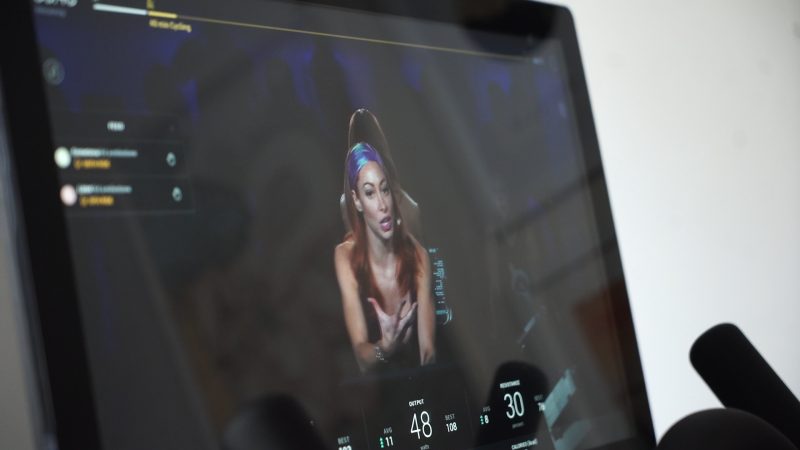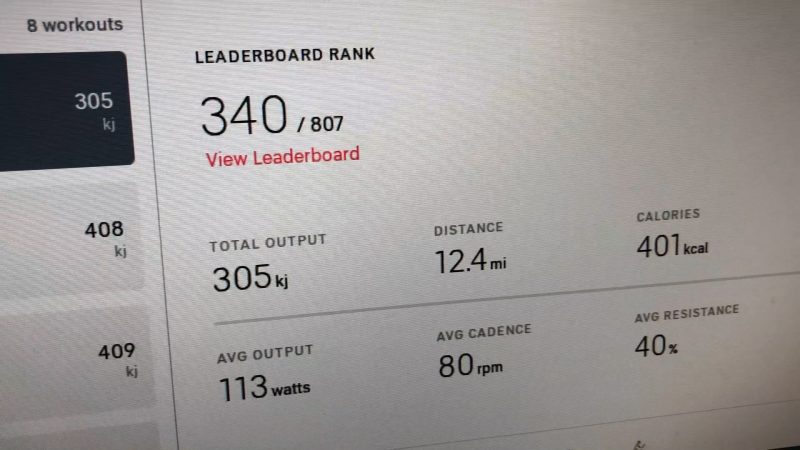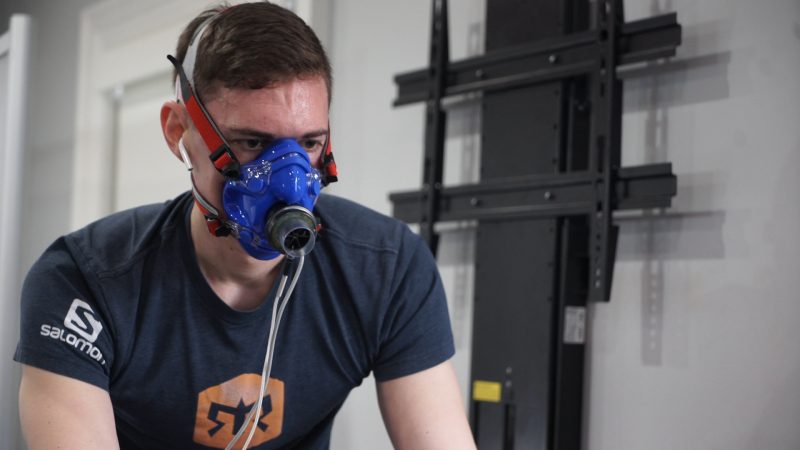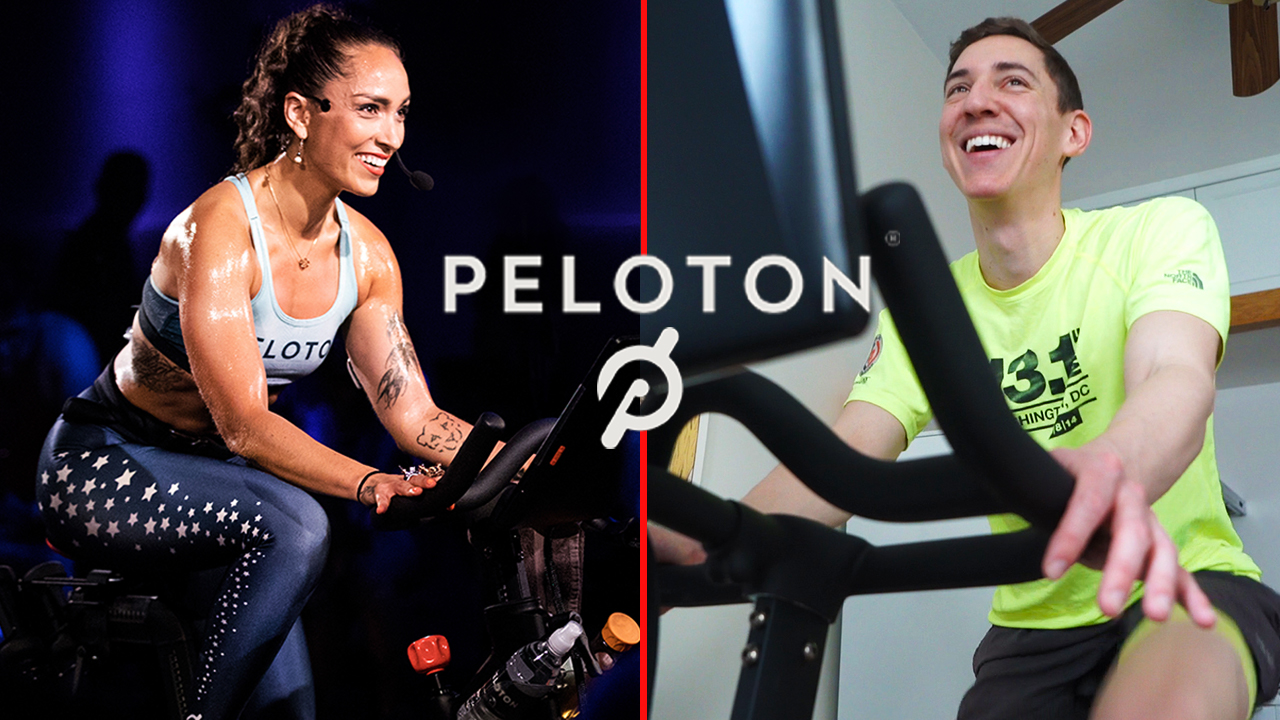- The exercise startup Peloton has exploded in popularity, surpassing even the spin giant SoulCycle in customers, data from last year suggested.
- With a WiFi-enabled touchscreen, the bike allows you to join high-intensity spin classes remotely and, according to the company, get a studio-grade workout anywhere.
- Over two weeks, I put it to the test by taking a 45-minute Peloton class every day. To measure my progress, I did a before-and-after fitness assessment, which had some surprising results.
For $1,995, a stationary bike from the exercise startup Peloton could be yours. After paying for delivery and setup ($250), essential equipment ($179), and a monthly membership fee ($39), you’d be good to go.
So, right, these bikes aren’t cheap.
But that doesn’t mean people aren’t paying for them. Since launching in 2012, Peloton has sold more than 400,000 bikes and amassed more than 1 million members, which helps explain why the company is worth an estimated $4 billion.
Peloton’s recipe for success includes community and convenience. It’s not like other popular cycling workouts, which typically involve classes at a studio. With Peloton, you can join thousands of other members for a studio-grade workout, all without leaving home, the company says. Just log into a class through a touchscreen tablet attached to the bike, and boom, you’re cycling in a New York City studio with some of the nation’s best spin instructors.
That sounds pretty ideal. High-intensity workouts. Good instructors. No cold morning walks to the gym. No attempts to look attractive in activewear. But are those alleged benefits really worth that high sticker price?
Over two (very) long weeks in February, I set out to see whether they are. Every day, I took a 45-minute Peloton class in my 300-square-foot apartment. And to determine just how good of a workout I was getting, I did a before-and-after fitness assessment at the Sports Science Lab in Staten Island.
I documented the experience on camera too.
Peloton's equipment makes biking feel smooth and comfortable
Yes, I had to rearrange the furniture in my small apartment to accommodate the bike. No, I will not complain about it.
Peloton bikes are sleek and relatively easy to use, assuming you follow the "Peloton 101" tutorial, accessible through the monitor. It took a few days to feel snug in the seat, which is barely padded. But once I did - or once my butt grew numb, I'm not sure - biking felt smooth and comfortable.
The touchscreen is basic, but it does its job. It has a schedule of live classes and a library of recorded workouts. And there are tons of them.
Most frustrating is the audio, especially if you get outraged when cords get caught on things. You have little choice but to use wireless headphones, as most cords aren't long enough. I used Apple's AirPods, which worked well.
Peloton instructors' motivational language didn't work for me

I've gone through training to become a spin teacher, so I feel slightly above average in my ability to critique instructors. But just slightly. I showed a few Peloton classes to Sean Kuechenmeister, a certified athletic trainer at the Sports Science Lab, to get an expert opinion.
Peloton instructors are strong cyclists and instructors. They have good form. They'll tell you to draw your shoulders away from your ears, which is good for avoiding injuries and tightness, Kuechenmeister said. And throughout the class, they'll cue you, on the beat, to rise out of the saddle.
"To avoid a lot of these overuse conditions, you need movement variability," he said.
Peloton instructors are also undeniably fit and attractive. In fact, they look far more like TV actors than indoor cyclists (which makes sense when you consider that there are thousands of riders watching them on what is, effectively, a TV).
And that's what I found most irritating: not their beauty, but their behavior. Much of the instruction felt like acting, or at least it felt inauthentic. You'll hear phrases like "Rise up out of the saddle, literally and metaphorically," or "You're here to overcome your biggest obstacles," somehow by upping the resistance on your bike.
I'm all for creative forms of motivation; anything that encourages exercise is probably a good thing. But the language that the Peloton instructors used made me feel uncomfortable - especially because I'm riding from home, where it's hard to ignore the problems in my life that a 45-minute spin class cannot, in fact, fix.
Don't trust the bike's calorie count

Peloton says you can get a studio-grade workout from home, but I found that hard to believe. For a competitive person like me, riding in a studio next to dozens of other people is a great way to push myself. Plus, with thunderous club music, it offers a much-welcomed distraction from the pain of working out.
So I tested that. For my eighth ride, I signed up for a live class at the Peloton studio in Chelsea, where the company films its classes. That's right: Peloton isn't just for the home - you can still take gym classes if that's more your speed. But if you like mixing it up between home and the gym, the calorie readouts might be different for different bikes.
While I was biking at home, for example, my independent heart monitor, strapped around my chest, indicated my average heart rate was about 145 beats per minute per ride. And the Peloton display indicated I was burning about 530 calories in that time, calculated from the bike's speed and resistance coupled with factors like my weight and age.
But during the studio ride, my average heart rate jumped significantly, to 165 bpm, according to my chest monitor. So I did push myself harder, as expected. But to my dismay, the display on the studio bike indicated that I burned 130 fewer calories than my average ride at home. In other words, I worked harder but somehow didn't burn as many calories.
A studio employee said that it's because "each bike is calibrated slightly differently." That means the calorie readout and work output, one of the metrics the calorie count is based on, isn't accurate across bikes.
Peloton says that the "more information a rider provides in their rider profile, the more accurate their calorie count will be." But if you want a precise benchmark, you should compare your stats only with previous rides on the same bike.
My before-and-after stats were impressive

After cycling every day for two weeks, I lost - wait for it - a pound and a half.
According to Kuechenmeister, that's actually a lot for two weeks. But more importantly, I lost 2 pounds of pure fat, according to a machine that sent tingling electrical currents through my legs and arms to measure body composition.
"Most doctors will recommend that about a pound to a pound and a quarter of fat per month is a healthy rate to be losing fat," Kuechenmeister said. "So you're actually well ahead of that."
I also improved my endurance, measured by something called VO2 max.
"That's a measurement of how well your body is utilizing the oxygen that you're taking in when you breathe," Kuechenmeister said. "The better the use of oxygen, the more it's going to be transported throughout your body and the more efficiently you're going to be able to move and perform whatever exercise it is you're doing."
In two weeks, my VO2 max jumped from the 47th percentile to the 79th percentile, ranking me with "an elite class of aerobic competitors."
Finally, I gained some muscle, but only in my left leg - again, according to those electrical currents. Kuechenmeister said that was probably because of stiffness in my right knee, which I had told him about earlier. With my right knee in pain, I favored my left, building muscle there as a result.
Would I buy a Peloton bike?
I probably wouldn't.
Realistically, I don't want to spin every day. And when I am looking to cycle, I'm confident that I can get a better workout in a studio, whether it's at Peloton, SoulCycle, Flywheel, Swerve, Cyc, Crank, Monster, Ryde, or one of the other cycling studios available to me in New York.
For me, the cost is hard to justify.
But if you love spin classes and don't live near a studio, don't want to leave your house, or hate working out in public, then you might find Peloton worth it.

